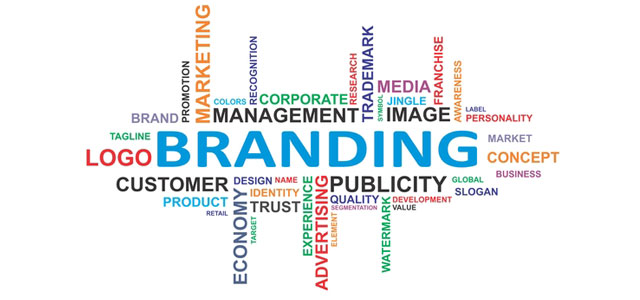Understanding the Importance of a Brand Logo
A brand logo is the visual cornerstone of your branding strategy. It embodies your brand’s identity and helps customers instantly recognize your business. Without a well-thought-out logo, your brand may struggle to stand out and be memorable. A strong brand logo is crucial for effective branding and creating a lasting impression.






Key Elements of an Effective Brand Logo
For a logo to be effective, it must be simple yet memorable, relevant to your brand, and versatile in its application. This means considering how it will look across different sizes and mediums. Avoid overly complex designs that can detract from your brand’s message. A well-designed logo is essential for effective branding and establishing a strong brand presence.
Researching Your Target Audience
To design a successful brand logo, you must understand your target audience. Researching their preferences and demographics will guide your design choices, ensuring that your logo resonates with them. This step is crucial for creating a logo that aligns with your audience’s expectations and effectively represents your brand.
Analysing Competitor Logos
Analyzing competitor logos is a critical step in avoiding common pitfalls. By examining the logos of businesses in your industry, you can identify trends and gaps, ensuring your design is unique and stands out. This helps prevent your brand logo from blending in with the competition and strengthens your overall branding strategy.
Choosing the Right Type of Logo
Selecting the right type of logo—whether it’s a symbol-based logo, typography-based logo, or a combination—is fundamental. Each type serves a different purpose and can communicate various aspects of your brand. Consider how each type will align with your brand’s identity and support your branding goals.
Symbol-Based Logos
Symbol-based logos use icons or images to represent your brand. These logos can be highly effective if the symbols are relevant and easily recognizable. Ensure that the icons you choose are simple and convey your brand’s core message. Avoid overly complex symbols that may confuse or detract from your branding efforts.
Typography-Based Logos
Typography-based logos focus on the design of text and can be powerful if your brand’s name is distinctive. Customizing the font style to reflect your brand’s personality and values is crucial. Choose typography that complements your brand’s tone and enhances its visual impact.
Selecting Colour Schemes
Colors play a significant role in logo design and branding. They evoke emotions and create associations with your brand. Choose colors that reflect your brand’s identity and appeal to your target audience. Ensure that the color scheme is versatile and effective in both full-color and black-and-white formats.
Incorporating Your Brand’s Values
Your brand logo should incorporate elements that reflect your brand’s values and mission. Customizing your logo to align with these values helps build a stronger connection with your audience. A logo that resonates with your brand’s core principles reinforces your branding efforts and strengthens brand loyalty.
Sketching and Drafting Initial Ideas
Before finalizing your design, start with sketching and drafting various logo concepts. This allows you to explore different ideas and refine your design. Using vector graphics during this phase helps ensure that your logo maintains its quality and integrity across different sizes and formats.
Utilising Design Tools and Software
Design tools and software are essential for creating a professional logo. Tools like Adobe Illustrator allow you to work with vector graphics, ensuring that your logo remains crisp and clear in all applications. Avoid relying solely on logo makers, such as Looka, BrandCrowd as they often produce generic designs that may not effectively represent your brand.
Testing Your Logo Design
Testing is a crucial step in the logo design process. Evaluate how your logo performs in various contexts and sizes to ensure versatility and effectiveness. Gather feedback from stakeholders and potential customers to refine your design and confirm that it aligns with your branding objectives.
Finalising and Launching Your Brand Logo
Once you’ve tested and refined your logo, prepare for its finalization and launch. Ensure that you have all necessary formats and files for different uses. A strategic launch will introduce your new logo to the public and reinforce your brand’s refreshed identity, making a strong impression.
A strong brand logo is crucial for effective branding and creating a lasting impression. However, it’s important to remember that the beauty of a logo is subjective. What resonates with one audience might not with another, so focus on creating a logo that aligns with your brand’s values and appeals to your specific target market.
Maintaining and Updating Your Logo
Your logo should evolve with your brand. Periodically review and update your logo to ensure it remains relevant and aligned with your brand’s growth. Maintaining consistency while making necessary updates is key to sustaining an effective branding strategy over time.
By avoiding these common mistakes and focusing on effective design practices, you can create a brand logo that enhances your branding efforts and makes a lasting impact.
If you’re looking to create or revamp your brand design, feel free to contact me for professional and customized design services.
My Behance Profile


